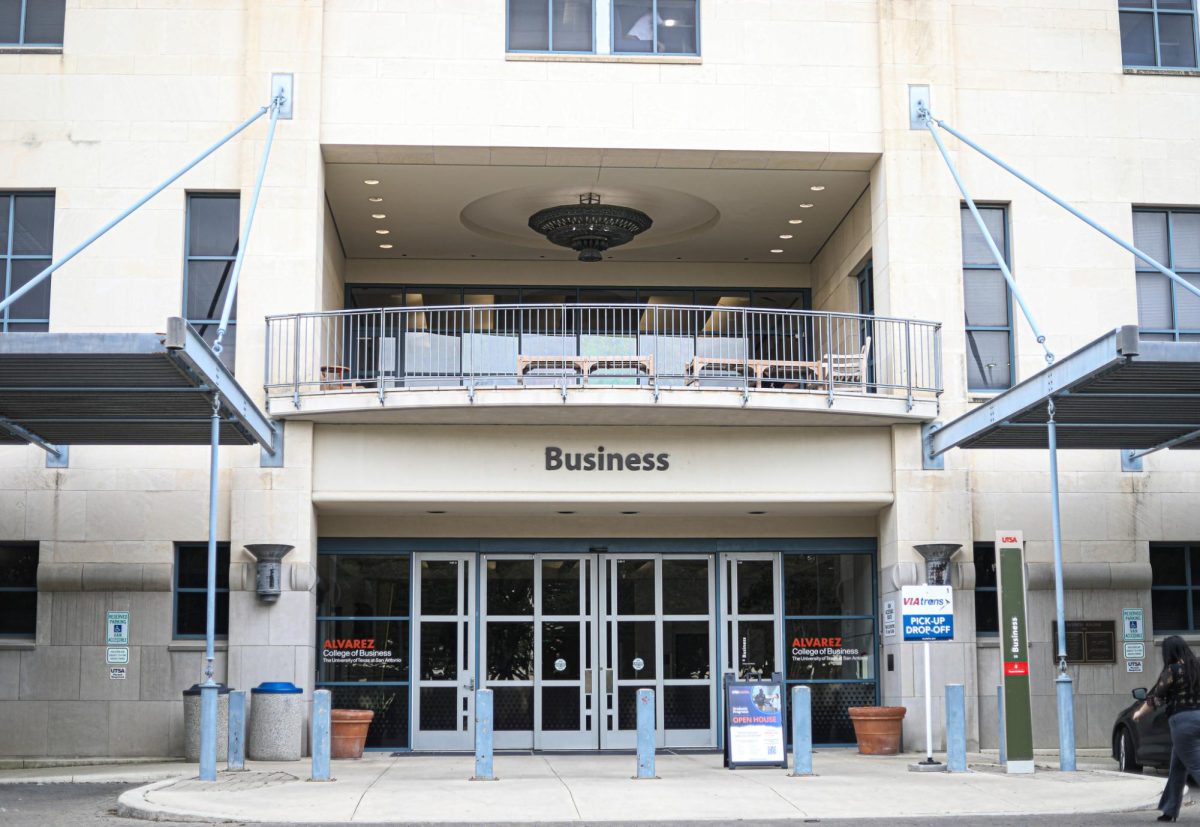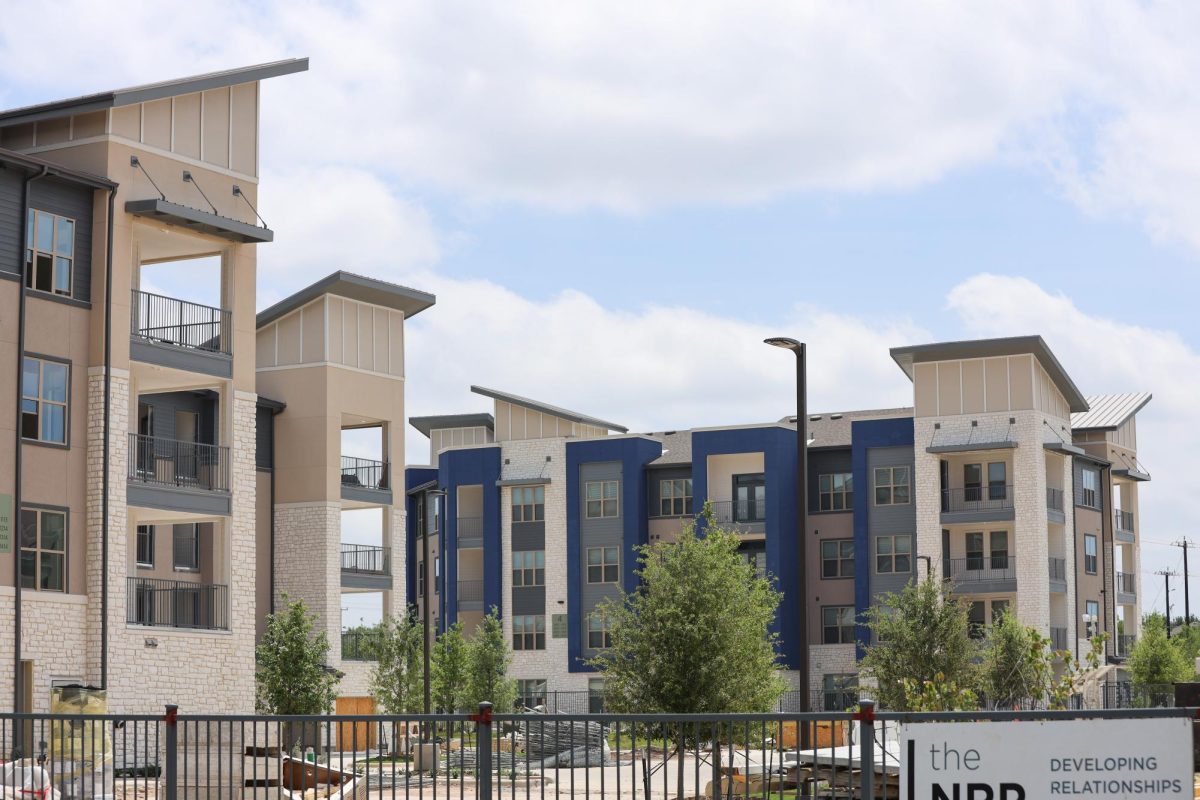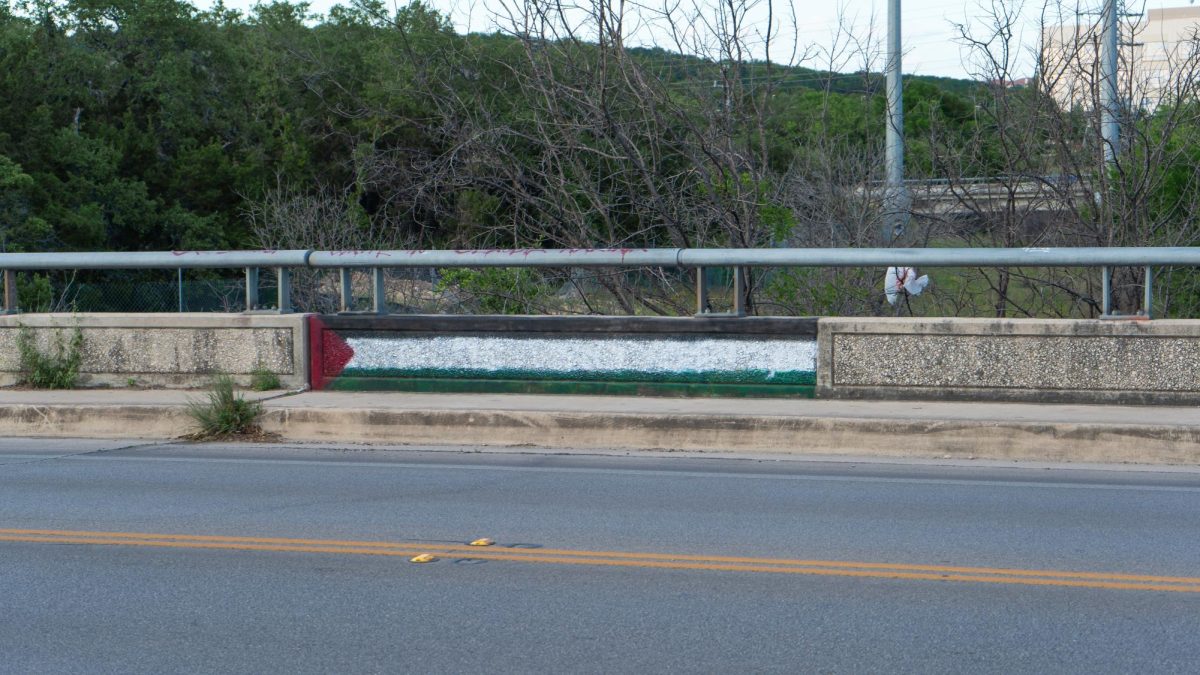UTSA’s Main Campus is finally getting a bike share program.
22 bicycles at two B-cycle stations — one adjacent to Alvarez Hall and one near the AET Building — will allow students to check out a bike and use it for up to an hour without an additional charge. B-cycle, a nonprofit organization, allows large numbers of people to share a smaller number of bicycles by operating a stations where riders can check out a bike before returning it to a different station afterwards.
San Antonio has one of the country’s largest B-cycle programs, with 450 bikes and more than 50 stations downtown and along the Riverwalk. B-cycle also plans on opening over a dozen more stations in the coming months. B-cycle also operates several other systems in Texas, including in Austin, Houston, Dallas, Forth Worth and McAllen.
“We’re hoping the students will get out and ride the bikes,” said Gus Sullivan, business development director at B-cycle San Antonio. “We can turn this into a long-term plan and grow the system beyond campus.”
To encourage students to use program, B-cycle will be offering a discounted, semester-long pass for $25. The pass will enable riders to use the stations at UTSA, as well as those downtown and at any of B-cycle’s more than 30 other systems.
If a rider requires a bike for more than an hour he can simply dock and undock it at any station to reset the clock. Additionally, a free app allows riders to see how many bikes are waiting at each station.
“No money from UTSA has gone into financing this,” Sullivan said. Instead, District 8 City Councilman Ron Nirenberg was able to secure the necessary funds for the two stations.
“The addition of B-cycle at the Main Campus is another step in our collective efforts to make UTSA a more accessible, liable community,” Nirenberg told UTSA Today. “By doing more cycling than driving, I hope students will take advantage of the opportunity to save money, burn some calories and enjoy the beautiful UTSA campus.”
Sullivan noted that the grants B-cycle has used to fund and maintain its downtown stations will not be able to be used for the satellite system at UTSA. Instead, B-cycle and the university are pursuing partnerships with community and business leaders to help pay for any additional stations around campus.
At Student Government’s General Assembly on January 15, Albert Carrisalez, UTSA’s director for external affairs, stated that the university and B-cycle are interested in community input to determine where other stations in and around UTSA could be viable.
The future of B-cycle at UTSA is largely dependant on how frequently UTSA students use the initial stations. The initial two stations are part of a pilot project that will come to an end following the Spring semester, but both Carrisalez and Sullivan are optimistic about growth and expansion of the system around campus.
“We know the more students can get out and ride, the better it’ll look for the future,” Sullivan said.











